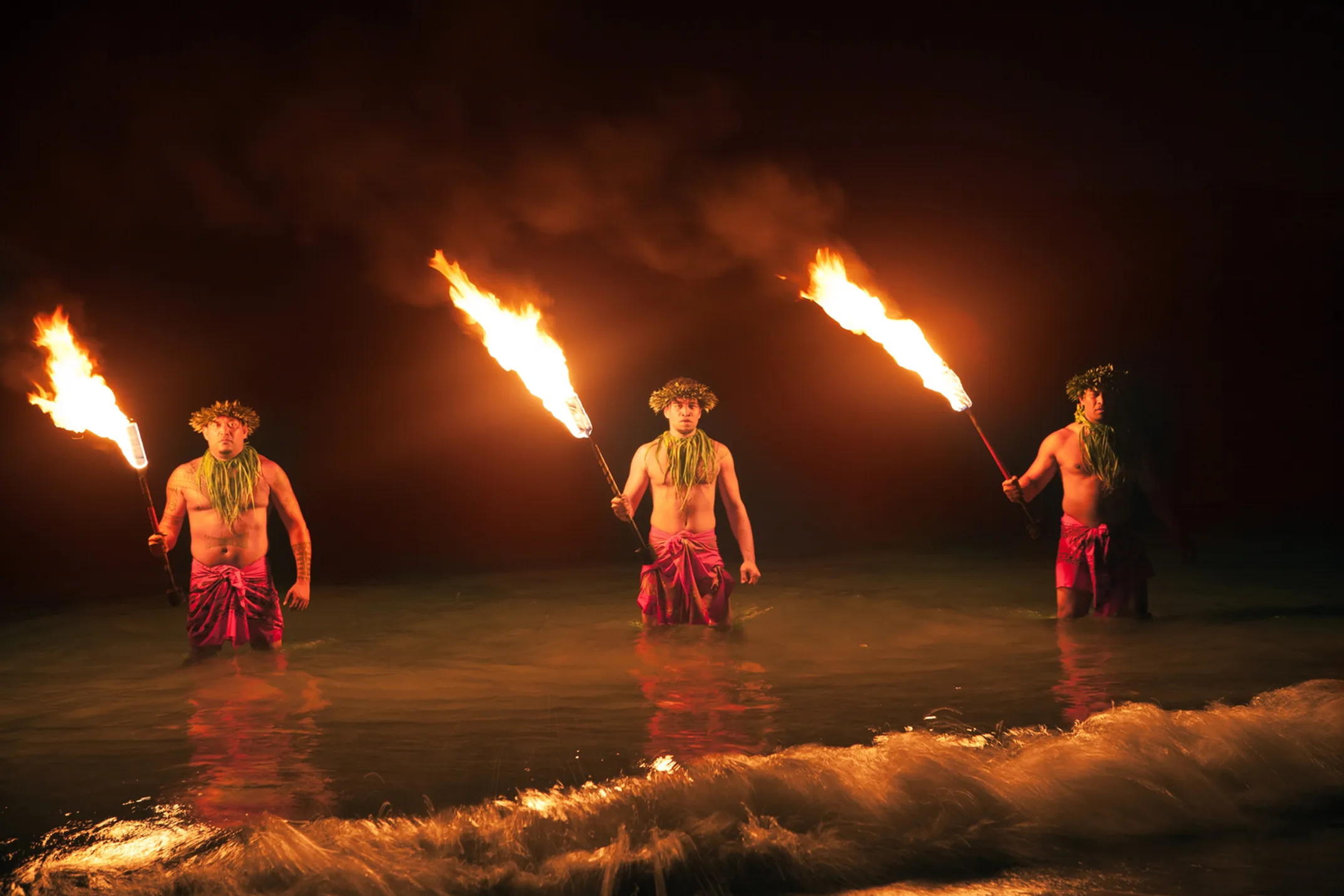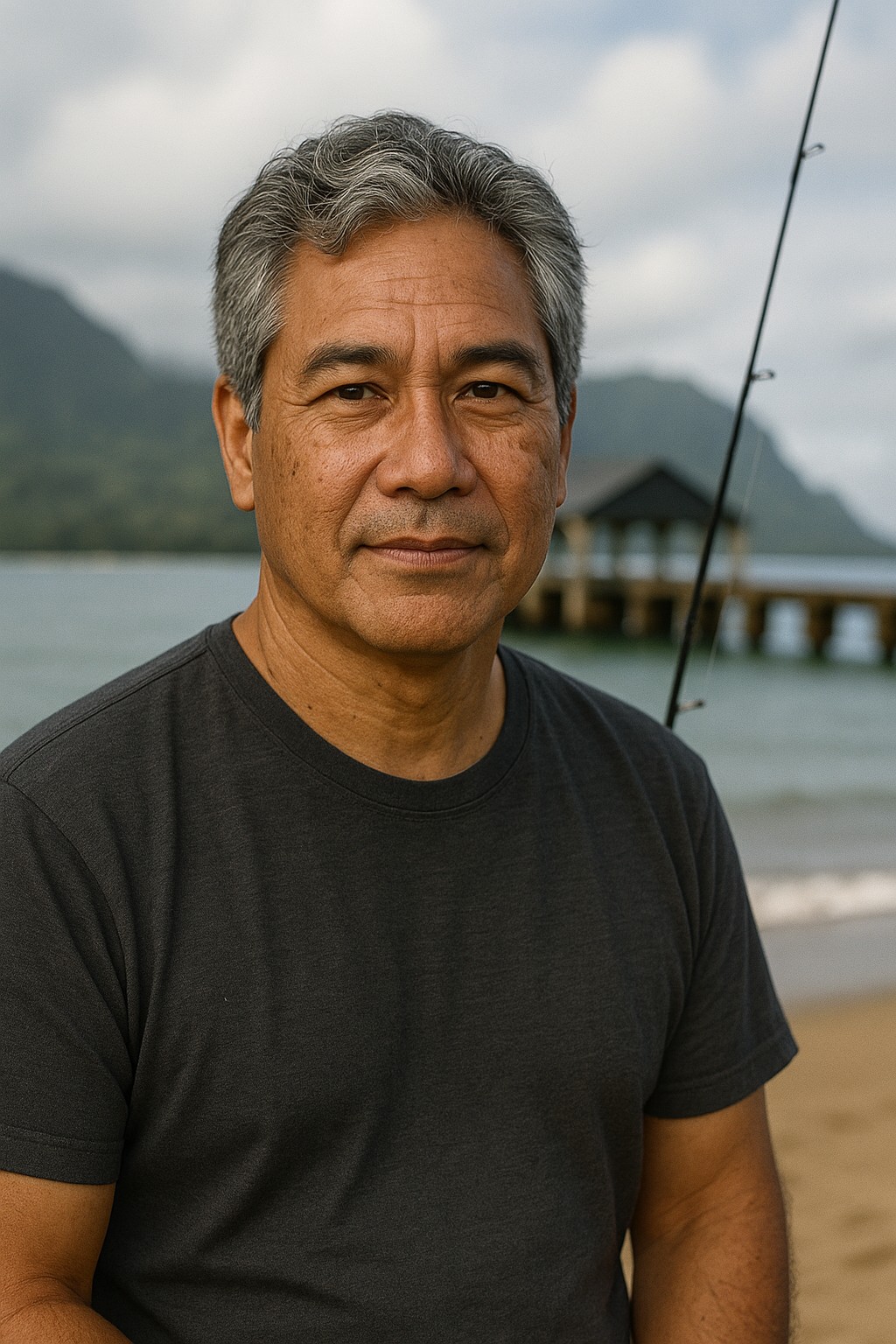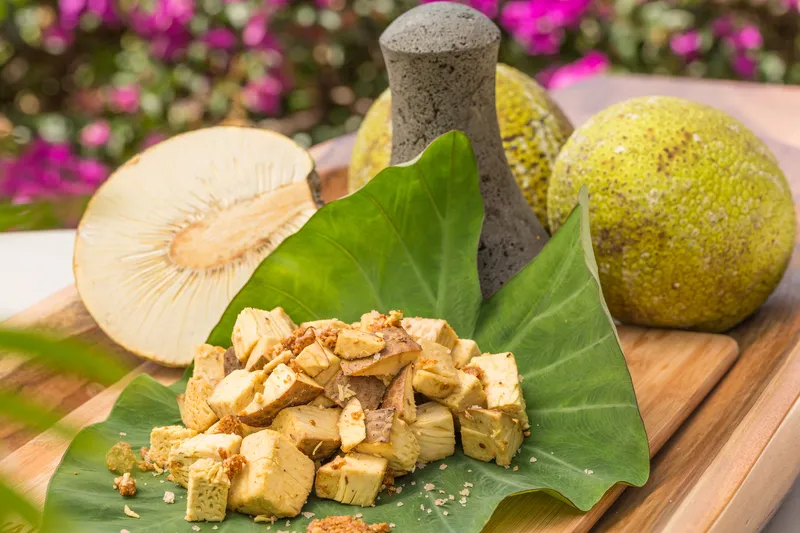
“Brew Your Best Cup”- Coffee Brewing Workshop
Heavenly Hawaiian Coffee Farm • Farm • Holualoa, Island of Hawaii • Hawaii

How Master Navigators Created Hawaiian Civilization

Written by a Local Cultural Expert
Kalani Miller
Long before Captain Cook ever saw these islands, master navigators were reading the stars like a roadmap across the Pacific. They arrived in waves starting around the 7th century, traveling from the Marquesas and Tahiti in double-hulled canoes that could carry entire families along with pigs, dogs, and the precious plants that would become the foundation of Hawaiian civilization.
These weren't lucky accidents or desperate escapes. These were planned expeditions by people who understood ocean swells, wind patterns, and celestial navigation better than most modern sailors with GPS. The double-hulled canoes were engineering marvels, designed to handle the roughest seas. Each voyage required precise calculations of food, water, and space for livestock and plants.
They brought kalo (taro), ʻulu (breadfruit), and kō (sugarcane)—the canoe plants that still feed us today. But more than that, they brought a complete understanding of how to create sustainable communities on isolated islands.
What they created here was remarkable. The ahupuaʻa system divided land from mountain to sea, ensuring every community had access to fresh water, fertile soil, and ocean resources. Picture wedge-shaped slices of land stretching from the forest peaks down to the coral reefs. Each ahupuaʻa was like a complete ecosystem under human management.
This wasn't primitive subsistence farming. Hawaiian aquaculture was the most advanced in the Pacific. Loko iʻa (fishponds) used sophisticated engineering to create controlled environments for raising fish. The ʻauwai (irrigation channels) directed precious water exactly where it was needed.
Sacred forest zone providing timber, medicinal plants, and freshwater sources. Strictly managed for sustainability.
Terraced fields for kalo, ʻuala (sweet potato), and other crops. Sophisticated irrigation systems managed water flow.
Fishponds, reefs, and coastal waters managed through seasonal restrictions and sustainable harvesting practices.
At the heart of it all was wai—fresh water. In Hawaiian, wealth is waiwai (water-water) and law is kānāwai (the equal sharing of water). Everything flowed from that understanding. Water wasn't something you owned. It was something you shared. The god Kāne lived in fresh water. Controlling it meant controlling life itself.
The kapu system governed this world through sacred laws that modern people often misunderstand. Yes, breaking kapu could mean death. But these weren't arbitrary rules. They were the operating system for a society that had figured out how to live sustainably on isolated islands in the middle of the world's largest ocean.
Fishing was kapu during spawning seasons. Certain forests were kapu to allow trees to regenerate. The summit of Mauna Kea was kapu except to the highest chiefs. These restrictions weren't about control—they were about survival.
The society was stratified into aliʻi (chiefs), kahuna (priests and specialists), makaʻāinana (commoners), and kauwā (outcasts). But even this hierarchy served the ecosystem. Chiefs had divine responsibility (mana) to care for their people and land. If they failed, the land would fail too.
When Captain Cook arrived in 1778, he found a civilization that had been thriving for over a thousand years. Estimated population was between 200,000 and 400,000 people living in sustainable abundance. What happened next changed everything.
Chiefs with divine mana
Priests and specialists
Common people, farmers
Outcast class

Heavenly Hawaiian Coffee Farm • Farm • Holualoa, Island of Hawaii • Hawaii

